Home>diy>Architecture & Design>How Would You Communicate Your Design Plans With The Construction Crew That Would Work On The House?


Architecture & Design
How Would You Communicate Your Design Plans With The Construction Crew That Would Work On The House?
Modified: January 24, 2024
Communicate your architecture design plans effectively to the construction crew with these tips and strategies. Ensure seamless collaboration on your house project.
(Many of the links in this article redirect to a specific reviewed product. Your purchase of these products through affiliate links helps to generate commission for Storables.com, at no extra cost. Learn more)
Introduction
Effective communication is crucial in any construction project to ensure that the design plans are accurately understood and implemented by the construction crew. Without clear and concise communication, misunderstandings can arise, leading to costly errors and delays. Therefore, it is essential to establish effective channels of communication to facilitate the smooth execution of the project.
In this article, we will explore the significance of effective communication in construction projects and discuss various methods to communicate design plans with the construction crew. From utilizing visual aids to leveraging technology tools, we will delve into the strategies that can streamline communication and enhance the construction process.
By mastering the art of communicating design plans, you can foster a collaborative environment where the construction crew understands the project objectives, works efficiently, and delivers exceptional results. So, let’s dive into the importance of effective communication in construction projects and discover how to effectively convey design plans to the construction crew.
Key Takeaways:
- Effective communication is vital in construction projects to avoid errors, enhance safety, and foster collaboration. Understanding design plans, utilizing visual aids, and encouraging open communication are key strategies for success.
- Leveraging technology tools, conducting regular project meetings, and establishing clear communication channels are essential for effective communication in construction projects. Encouraging open communication and feedback creates a collaborative environment for successful outcomes.
Importance of Effective Communication in Construction Projects
Effective communication plays a pivotal role in the success of construction projects. Given the complexity of the industry and the collaboration required between various stakeholders, it is essential to establish clear lines of communication to ensure seamless coordination and cooperation.
1. Avoiding Misinterpretation and Errors: Construction projects involve intricate design plans, technical specifications, and detailed instructions. If communication is unclear or ambiguous, it can lead to misinterpretation by the construction crew, resulting in errors and rework. Clear and concise communication helps to mitigate these risks and ensures that the design plans are implemented accurately.
2. Efficient Project Coordination: Construction projects involve multiple teams working simultaneously on different aspects of the project. Effective communication ensures that all teams are coordinated and working towards a common goal. It facilitates the sharing of information, updates, and changes, allowing the construction crew to adapt and adjust their plans accordingly.
3. Timely Problem Resolution: Construction projects are prone to unexpected challenges, such as unforeseen site conditions or design modifications. Clear communication ensures that these issues are promptly communicated to the construction crew, allowing for quick problem-resolution. Timely communication enables the crew to make informed decisions and implement necessary adjustments without causing significant delays or cost overruns.
4. Enhancing Safety: Safety is a critical consideration in construction projects. Effective communication helps in conveying safety procedures, guidelines, and risk assessments to the construction crew. By ensuring that everyone is aware of potential hazards and safety protocols, the risk of accidents and injuries can be reduced, creating a safer work environment for all.
5. Building Trust and Collaboration: Transparent and open communication fosters trust and collaboration between the project team and the construction crew. When both parties feel confident in sharing information and expressing concerns, it creates a positive working atmosphere. This, in turn, leads to improved teamwork and higher-quality outcomes.
In summary, effective communication is vital in construction projects to avoid misinterpretation, ensure efficient project coordination, resolve problems promptly, enhance safety, and foster trust and collaboration. By recognizing the value of clear communication, project managers and design professionals can establish a solid foundation for success and ensure that the construction crew is well-equipped to execute the design plans accurately.
Understanding the Design Plans
Before you can effectively communicate design plans with the construction crew, it is crucial to have a comprehensive understanding of the plans yourself. This involves delving into the details, interpreting the architectural drawings, and grasping the design intent. Here are some key steps to help you understand the design plans:
1. Review the Architectural Drawings: Start by thoroughly examining the architectural drawings, including floor plans, elevations, sections, and details. Pay close attention to dimensions, structural elements, and any specific instructions or notes provided by the architect. This will give you a foundation to understand the overall layout of the project.
2. Study the Specifications: In addition to the drawings, familiarize yourself with the project specifications, which outline the materials, finishes, and installation guidelines. This will provide crucial information regarding the expected quality and performance standards required for the project.
3. Analyze the Design Intent: Understand the vision and objectives behind the design plans. Consider the desired aesthetic, functionality, and user experience that the design aims to achieve. By grasping the design intent, you can communicate it effectively to the construction crew, ensuring that they understand the purpose and goals of the project.
4. Seek Clarification: If there are any aspects of the design plans that are unclear or require further explanation, don’t hesitate to reach out to the design professionals or the architect for clarification. It is better to resolve any doubts before communicating the plans to the construction crew, to avoid any confusion or errors.
5. Collaborate with the Design Team: Engage in collaborative discussions with the design team, including architects, engineers, and consultants. By actively participating in these discussions, you can gain valuable insights into the design decisions, technical requirements, and any potential design challenges that may impact the construction process.
6. Consider Constructability: Evaluate the constructability of the design plans. Identify any potential conflicts or challenges that may arise during the construction phase. This includes assessing factors such as access, material availability, and coordination between different components of the design. By proactively addressing constructability issues, you can avoid complications during construction.
It is essential to invest time and effort in understanding the design plans thoroughly. This comprehensive understanding will enable you to communicate effectively with the construction crew, answer their questions, and provide guidance throughout the construction process.
Communicating the Design Plans to the Construction Crew
Once you have a solid understanding of the design plans, the next crucial step is to effectively communicate them to the construction crew. Clear and concise communication ensures that the crew comprehends the design intent and implements it accurately. Here are some key strategies for communicating the design plans to the construction crew:
1. Utilizing Visual Aids and Drawings: Visual aids, such as 3D renderings, virtual reality models, and physical mock-ups, can be powerful tools for communicating design plans. These visual representations help the crew visualize the final outcome, understand complex details, and grasp the design intent more easily. Supplemental drawings, such as enlarged details or annotated plans, can also provide additional clarity and guidance.
2. Conducting Regular Project Meetings: Regular project meetings provide a platform for effective communication between the design professionals and the construction crew. During these meetings, review the design plans, discuss any updates or changes, and address any questions or concerns raised by the crew. Encourage open dialogue and active participation to ensure that everyone has a clear understanding of the project requirements.
3. Using Technology Tools for Communication: Embrace technology tools that facilitate efficient and clear communication. Utilize project management software or collaboration platforms to share design documents, revisions, and updates in a centralized manner. This allows easy access for the entire construction crew, ensures everyone is working with the most up-to-date information, and promotes effective information sharing.
4. Establishing Clear Communication Channels: Implement a structured communication process that defines the channels for information exchange. Establish a point person or a designated team member who will serve as a liaison between the design team and the construction crew. This ensures that all communication flows through a single source, minimizing the chances of miscommunication or confusion.
5. Encouraging Open Communication and Feedback: Foster a culture of open communication by encouraging the construction crew to provide feedback and ask questions regarding the design plans. Actively listen to their input and address any concerns promptly. This not only enhances understanding but also helps build trust and collaboration between the design professionals and the crew.
6. Providing Written Documentation: In addition to verbal communication, provide written documentation of important design details and instructions. This can include design memos, construction bulletins, or updated drawings. Written documentation serves as a reference point, ensuring that the crew can easily access and review the information whenever needed.
By employing these strategies, you can enhance communication and ensure that the construction crew understands and executes the design plans accurately. Effective communication promotes collaboration, minimizes errors, and enables the construction crew to contribute to the project’s success.
Utilizing Visual Aids and Drawings
Visual aids and drawings are invaluable tools for effectively communicating design plans to the construction crew. They facilitate a clearer understanding of the project requirements, enhance visualization, and minimize the chances of misinterpretation. Here are some key benefits and best practices for utilizing visual aids and drawings:
1. Improved Visual Communication: Visual aids, such as 3D renderings, computer-generated models, or physical mock-ups, offer a realistic representation of the final design. These visualizations help the construction crew visualize the end product, understand spatial relationships, and identify any potential challenges or conflicts. By having a visual reference, the crew can better comprehend the design intent and make informed decisions during the construction process.
2. Clarity in Complex Details: Design plans often consist of intricate details and technical specifications. Visual aids, such as enlarged details or annotated drawings, can simplify complex information and make it easier for the construction crew to interpret. By highlighting specific elements or providing additional callouts, these visual aids ensure that critical design parameters are clearly communicated and understood.
3. Enhancing Coordination and Collaboration: Visual aids facilitate improved coordination between different trades and departments involved in the construction project. When the crew members from various disciplines can see the design plans visually, it becomes easier to discuss and coordinate their respective responsibilities. This collaborative approach allows for a smoother workflow, reducing the likelihood of errors, clashes, and rework.
4. Use Recognizable Symbols and Icons: When creating visual aids, use universally recognizable symbols and icons to convey information. This ensures that the crew members, regardless of their background or experience, can quickly grasp the intended meaning. For instance, using industry-standard symbols for plumbing fixtures or electrical outlets makes it easier for the crew to identify and understand their placement within the design.
5. Interactive Presentations and Virtual Reality: Technology advancements have made it possible to create interactive presentations and virtual reality (VR) experiences. These tools offer an immersive and interactive way for the construction crew to explore the design plans. VR technology allows the crew to virtually navigate through the space, providing a realistic sense of scale, spatial relationships, and design elements. This engages the crew more deeply and helps them visualize the final result in a highly realistic manner.
6. Document Revisions Clearly: When making revisions or updates to the design plans, clearly indicate the changes and provide a revision history. This ensures that the construction crew knows what modifications have been made and can refer to the correct version of the drawings. Clear documentation helps avoid confusion, prevents errors, and ensures that everyone is working with the most up-to-date information.
Incorporating visual aids and drawings into your communication strategy significantly enhances the understanding and implementation of the design plans by the construction crew. By leveraging these tools effectively, you can improve coordination, minimize errors, and ultimately achieve the desired project outcome.
Use clear and detailed blueprints, 3D models, and written instructions to communicate your design plans effectively with the construction crew. Be available for any questions or clarifications they may have.
Read more: How To Add A Porch To Your House
Conducting Regular Project Meetings
Regular project meetings are a key component of effective communication between the design professionals and the construction crew. These meetings provide a platform to discuss the design plans, address any concerns or questions, and ensure that everyone is aligned on the project objectives. Here are some important considerations and best practices for conducting regular project meetings:
1. Establish a Schedule: Set a regular meeting schedule that allows for consistent communication throughout the project duration. This ensures that everyone involved in the project, including the design team and the construction crew, can plan their work accordingly and prioritize attending these meetings.
2. Define Meeting Objectives: Clearly define the objectives for each project meeting. Decide the topics that need to be discussed, such as updates on design revisions, coordination between different trades, or resolving construction-related challenges. Having a clear agenda sets the tone for the meeting and helps keep discussions focused and productive.
3. Prepare in Advance: Both the design professionals and the construction crew should come prepared for the meeting. Designers should review the design plans and be ready to explain any updates or changes. The construction crew should be prepared to discuss their progress, ask questions, and provide input or feedback regarding the plans.
4. Encourage Active Participation: Foster an environment of active participation and collaboration during the meeting. Encourage both the design professionals and the construction crew to share their insights, experiences, and concerns. This ensures that everyone’s perspectives are heard and allows for a collective problem-solving approach.
5. Address Questions and Concerns: Provide ample opportunity for the construction crew to ask questions and seek clarification on the design plans. Address their concerns promptly and provide clear answers to ensure alignment and understanding. Taking the time to address questions and concerns demonstrates your commitment to effective communication and fosters a sense of trust and collaboration.
6. Document Meeting Minutes: Assign someone to document the key points and decisions made during the meeting. These meeting minutes should include any action items, responsibilities assigned, and deadlines. Distribute the minutes to all relevant stakeholders after the meeting to ensure that everyone is aware of what was discussed and agreed upon.
7. Follow Up on Action Items: After the meeting, ensure that any action items or tasks assigned are followed up on. This includes providing necessary information or resources, coordinating with other team members, or addressing any potential roadblocks. Regularly update the team on the progress of these action items during subsequent meetings.
Regular project meetings serve as an essential platform for effective communication, coordination, and problem-solving. By conducting these meetings consistently, you create an environment where all team members can contribute, collaborate, and work together towards the successful completion of the project.
Using Technology Tools for Communication
In today’s digital age, technology tools play a crucial role in facilitating effective communication in construction projects. These tools offer numerous benefits, including streamlining information exchange, enhancing collaboration, and improving overall project efficiency. Here are some essential technology tools that can be utilized for communication in construction projects:
1. Project Management Software: Project management software provides a centralized platform for communication and collaboration. It allows the design professionals and the construction crew to share documents, track progress, and manage tasks more efficiently. These tools often include features such as document management, real-time messaging, and task assignment, ensuring that everyone has access to the most up-to-date information.
2. Building Information Modeling (BIM): BIM is a 3D modeling technology that enables the design, collaboration, and visualization of a construction project. BIM platforms allow all stakeholders, including designers, engineers, and contractors, to work on a shared digital model. This promotes seamless collaboration, improved coordination, and better communication of design intent throughout the project lifecycle.
3. Virtual Design and Construction (VDC): VDC integrates virtual modeling, coordination, and construction sequencing to enhance project communication. It allows the construction crew to visualize the construction process, identify potential clashes, and optimize construction sequencing. By enabling virtual walkthroughs and simulations, VDC tools help bridge the gap between design plans and implementation, leading to improved communication and productivity.
4. Mobile Apps: Mobile apps provide on-the-go access to project information and communication tools. Field workers can easily capture and share photos, access project-related documents, and communicate with team members in real-time. Mobile apps streamline communication between the design team and the construction crew, ensuring that information flows smoothly even on-site.
5. Video Conferencing Tools: Video conferencing tools have become essential for remote collaboration and communication. These tools enable virtual meetings, allowing team members from different locations to connect face-to-face and discuss design plans in real-time. Video conferencing eliminates the need for travel and enables quick decision-making, enhancing communication efficiency.
6. Construction Management Software: Construction management software helps streamline communication by providing a central hub for project-related information. These tools typically include features such as document control, submittal management, and request for information (RFI) tracking. By consolidating communication and information in one place, construction management software improves transparency and reduces the risk of miscommunication or lost information.
7. Collaboration Platforms: Online collaboration platforms, such as cloud-based document storage and sharing services, facilitate seamless communication and collaboration between the design team and the construction crew. These platforms enable the easy sharing of design files, progress updates, and feedback. They also ensure that all team members can access the necessary information at any time, regardless of their location.
By leveraging these technology tools for communication, construction projects can significantly enhance collaboration, streamline information exchange, and improve project outcomes. It is essential to select the right tools based on the specific needs of the project and the preferences of the team. Integrating technology into project communication can foster a more efficient and effective construction process.
Establishing Clear Communication Channels
Establishing clear communication channels is vital for effective communication in construction projects. By creating structured and reliable channels, you ensure that information flows smoothly between the design professionals and the construction crew. Here are some key considerations and best practices for establishing clear communication channels:
1. Identify Key Points of Contact: Designate key points of contact for communication between the design professionals and the construction crew. This includes project managers, site supervisors, or dedicated communication coordinators. Having designated individuals ensures that there is a clear line of communication and that messages are properly relayed between the relevant parties.
2. Determine the Preferred Communication Methods: Determine the preferred communication methods that work best for all stakeholders. This can include email, phone calls, video conferencing, or instant messaging platforms. Clarify which communication methods are preferred for different types of discussions or situations. This helps to establish consistency and ensures that all team members are on the same page regarding communication expectations.
3. Establish Communication Protocols: Set clear guidelines for communication protocols, including response times, escalation procedures, and information sharing practices. These protocols define expectations for communication and help prevent misunderstandings or delays. Establishing protocols ensures that everyone understands how and when to communicate, providing a framework for efficient and effective communication.
4. Utilize Project Management Software: Implement project management software that includes communication features. These tools provide a centralized platform for sharing documents, tracking progress, and collaborating on tasks. By utilizing project management software, you ensure that all team members have access to the same information and can communicate using a common platform.
5. Schedule Regular Check-ins: Schedule regular check-ins between the design professionals and the construction crew to review project progress, discuss updates, and address any concerns. These meetings could be conducted weekly, bi-weekly, or at specific project milestones. Regular check-ins ensure that there is ongoing communication and allow for timely issue resolution and coordination.
6. Share Information in a Timely Manner: Ensure that relevant information regarding design changes, updates, or clarifications is shared with the construction crew promptly. Delays in providing crucial information can lead to misunderstandings and disruptions in the construction process. Timely sharing of information allows the crew to adjust their plans accordingly and minimizes the risk of errors or rework.
7. Foster Open Communication: Encourage open communication among all team members involved in the project. Create an environment where everyone feels comfortable sharing their thoughts, concerns, and suggestions. This openness promotes collaboration and allows for the identification and resolution of issues in a timely manner.
8. Document and Track Communication: Keep a record of important communications, decisions, and changes throughout the project. This documentation serves as a reference point and helps maintain transparency and accountability. Documenting communication ensures that there is a clear record of discussions and agreements, reducing the risk of miscommunication or disputes.
Clear communication channels in construction projects are essential for minimizing errors, enhancing collaboration, and delivering successful outcomes. By establishing structured communication procedures, utilizing technology tools, and fostering open dialogue, you create an environment where information is effectively communicated and shared among all stakeholders.
Encouraging Open Communication and Feedback
In construction projects, fostering open communication and encouraging feedback is instrumental in ensuring the success of the project. Open communication allows for the free flow of information, promotes collaboration, and enables the construction crew to provide valuable input. Here are some strategies for encouraging open communication and feedback:
1. Create a Safe and Respectful Environment: Cultivate a safe and respectful environment where all team members feel comfortable expressing their thoughts and ideas. Encourage a culture of open communication by promoting active listening and valuing diverse perspectives. By creating a non-judgmental space, you create opportunities for team members to freely voice their opinions and contribute to the project’s success.
2. Provide Multiple Channels for Communication: Offer various channels for communication to accommodate different preferences and communication styles. This can include in-person meetings, group discussions, email, instant messaging, or anonymous feedback platforms. Providing multiple communication channels allows the construction crew to choose the one they feel most comfortable with, facilitating open and honest communication.
3. Actively Seek Feedback: Actively seek feedback from the construction crew at various stages of the project. Encourage them to share their thoughts, concerns, and suggestions regarding the design plans, construction processes, and project management. Emphasize that their feedback is valued and will be considered in decision-making processes. This not only promotes open communication but also shows that their input is essential to the success of the project.
4. Conduct Regular Progress Meetings: Regular progress meetings provide a dedicated platform for open communication and feedback. In these meetings, provide updates on the project and allow the construction crew to share their progress, challenges, and ideas. This encourages interactive discussions and fosters a collaborative environment where everyone is engaged and actively participating.
5. Implement a Feedback and Issue Resolution Process: Establish a clear process for addressing feedback and resolving issues raised by the construction crew. Create a mechanism for collecting and documenting feedback, and ensure that there is a systematic process for addressing concerns or resolving conflicts that may arise. Demonstrating responsiveness to feedback fosters trust and encourages future communication.
6. Encourage Collaboration and Knowledge Sharing: Foster a collaborative environment where knowledge sharing is encouraged. Encourage the construction crew to share their expertise, experiences, and lessons learned with the wider team. This creates opportunities for learning and growth, and also promotes open communication as team members have a platform to share their insights.
7. Lead by Example: As a project manager or design professional, lead by example by actively participating in open communication and demonstrating the value of feedback. Be approachable, receptive to ideas, and transparent in your communication. When team members see that you value open communication and feedback, they are more likely to follow suit.
By encouraging open communication and feedback, you create an environment where team members feel empowered to share their thoughts, concerns, and suggestions. This leads to improved collaboration, better problem-solving, and ultimately, a more successful construction project. The construction crew plays a vital role in the execution of the project, and their input and feedback are invaluable in achieving the desired outcomes.
Read more: How To Design A House Plan
Conclusion
Effective communication is the foundation for successful construction projects. By establishing clear and concise channels of communication, understanding the design plans, and utilizing various tools and strategies, you can facilitate seamless collaboration between the design professionals and the construction crew. This collaboration is crucial for ensuring that the design plans are accurately implemented and that the project is executed smoothly and efficiently.
Throughout this article, we have explored the significance of effective communication in construction projects. Clear communication helps to avoid misunderstandings, facilitates efficient project coordination, promotes timely problem resolution, enhances safety, and fosters trust and collaboration among team members.
Understanding the design plans is a vital first step in effective communication. By thoroughly reviewing the architectural drawings, analyzing specifications, and grasping the design intent, you can communicate the plans with confidence and clarity to the construction crew.
Utilizing visual aids and drawings is an effective way to enhance communication. These visual representations provide a clear understanding of the project requirements, simplify complex details, promote coordination, and improve visualization for the construction crew.
Conducting regular project meetings ensures ongoing communication and collaboration. These meetings provide a platform for reviewing updates, addressing questions and concerns, and maintaining alignment between the design professionals and the construction crew.
Technology tools, such as project management software, BIM, virtual reality, and collaboration platforms, play a significant role in enhancing communication in construction projects. These tools streamline information exchange, improve coordination, and provide real-time access to project-related information.
Establishing clear communication channels is essential for effective communication. By designating key points of contact, determining preferred communication methods, and setting communication protocols, you ensure that information flows seamlessly and is conveyed accurately.
Furthermore, encouraging open communication and feedback creates an environment where all team members feel comfortable sharing their thoughts, concerns, and suggestions. Actively seeking feedback, conducting progress meetings, and fostering collaboration promote active participation, problem-solving, and a stronger sense of ownership among the construction crew.
In conclusion, by prioritizing effective communication in construction projects, you pave the way for successful outcomes. By understanding the design plans, utilizing visual aids, conducting regular meetings, leveraging technology tools, establishing clear communication channels, and encouraging open communication and feedback, you foster a collaborative environment where the design intent is effectively communicated and implemented by the construction crew. This ultimately leads to the successful execution of the project, meeting objectives, and exceeding client expectations.
Frequently Asked Questions about How Would You Communicate Your Design Plans With The Construction Crew That Would Work On The House?
Was this page helpful?
At Storables.com, we guarantee accurate and reliable information. Our content, validated by Expert Board Contributors, is crafted following stringent Editorial Policies. We're committed to providing you with well-researched, expert-backed insights for all your informational needs.
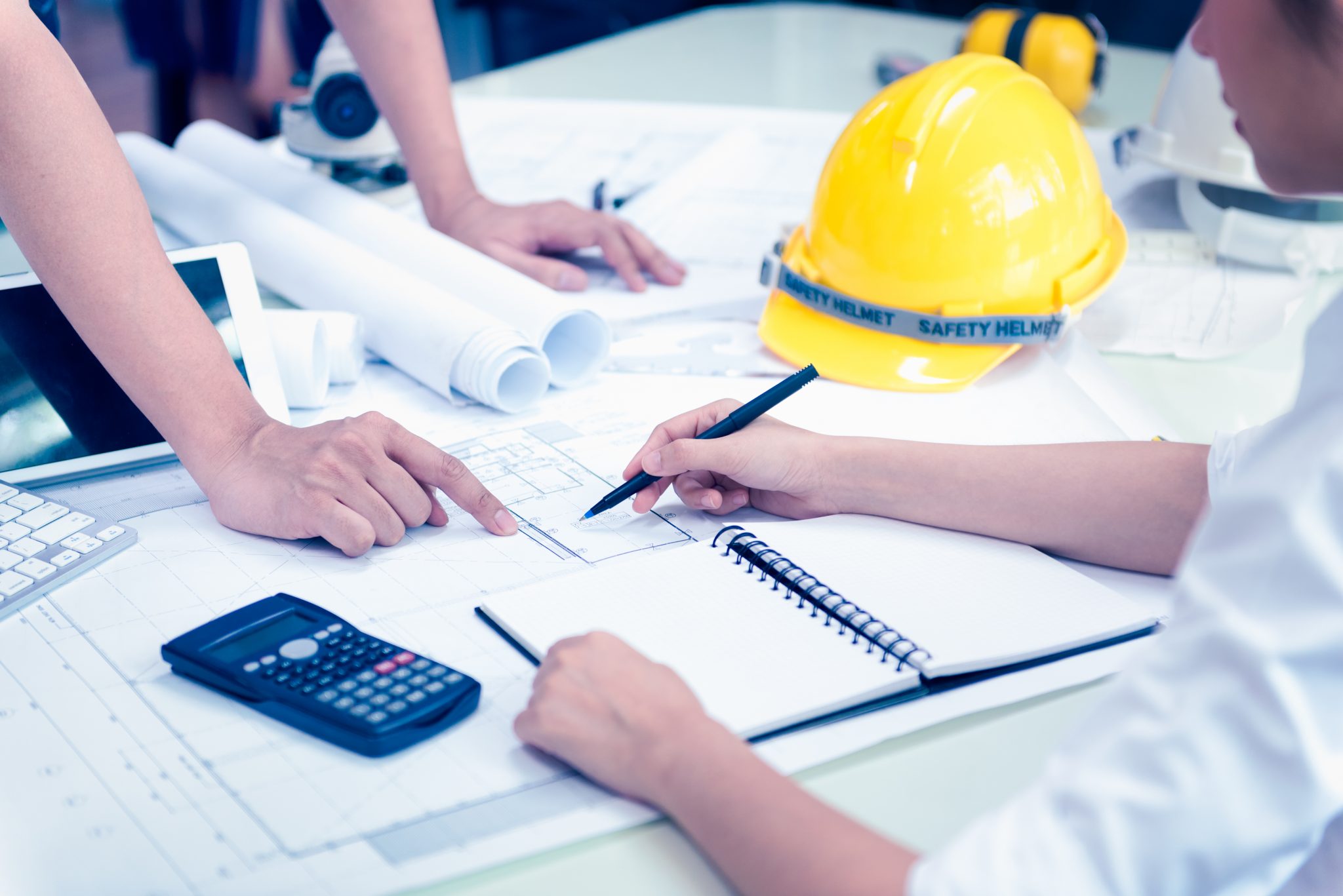

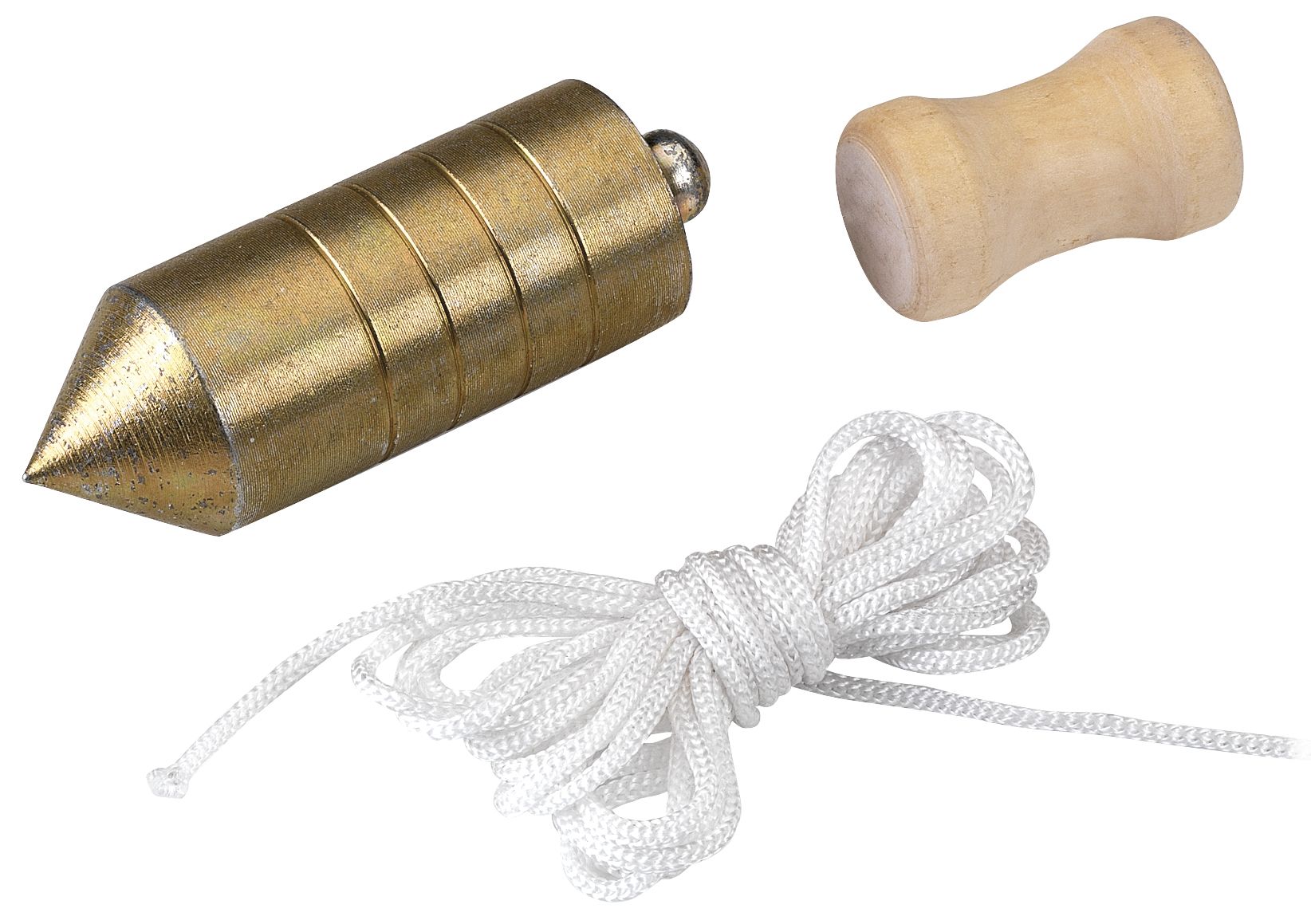
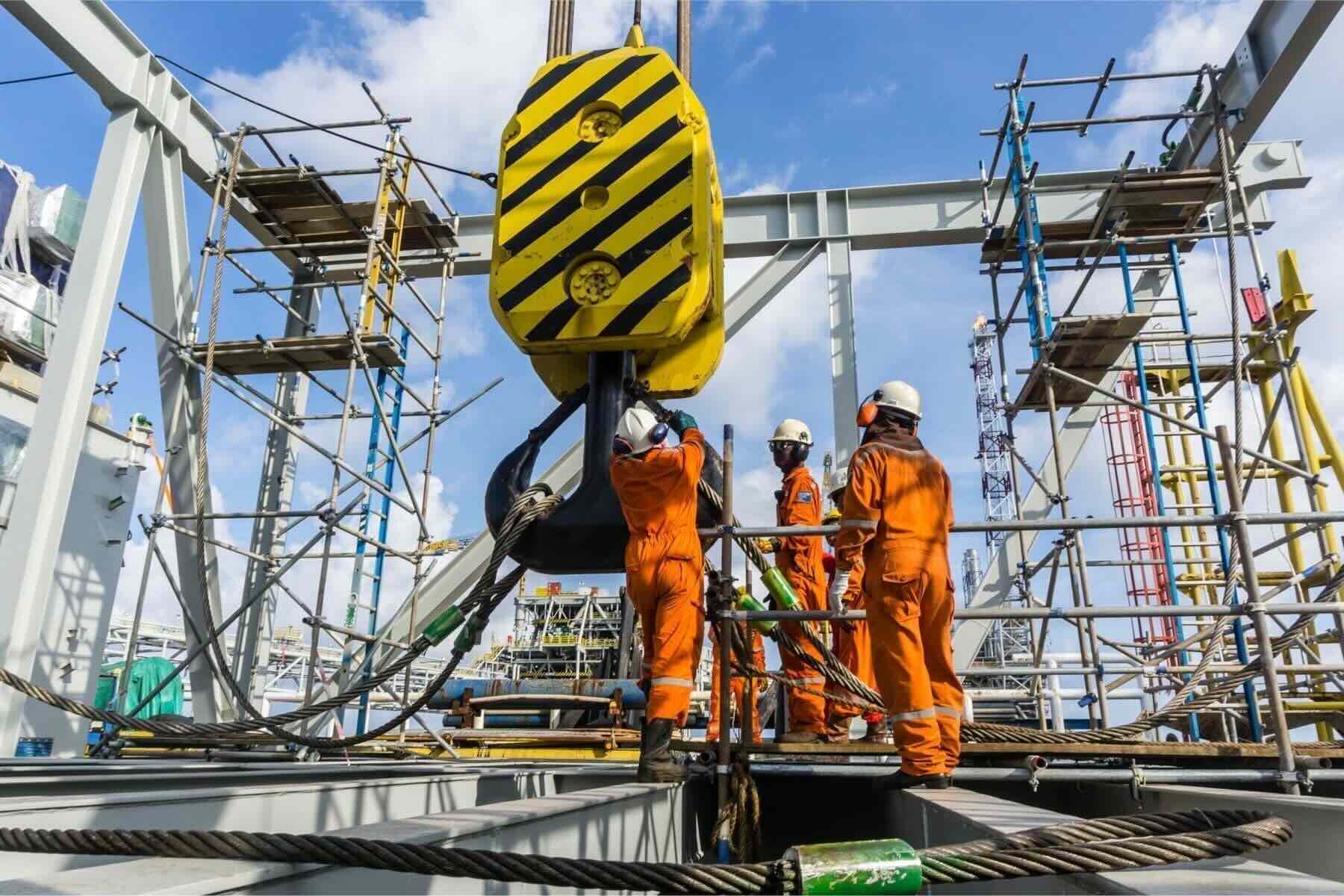
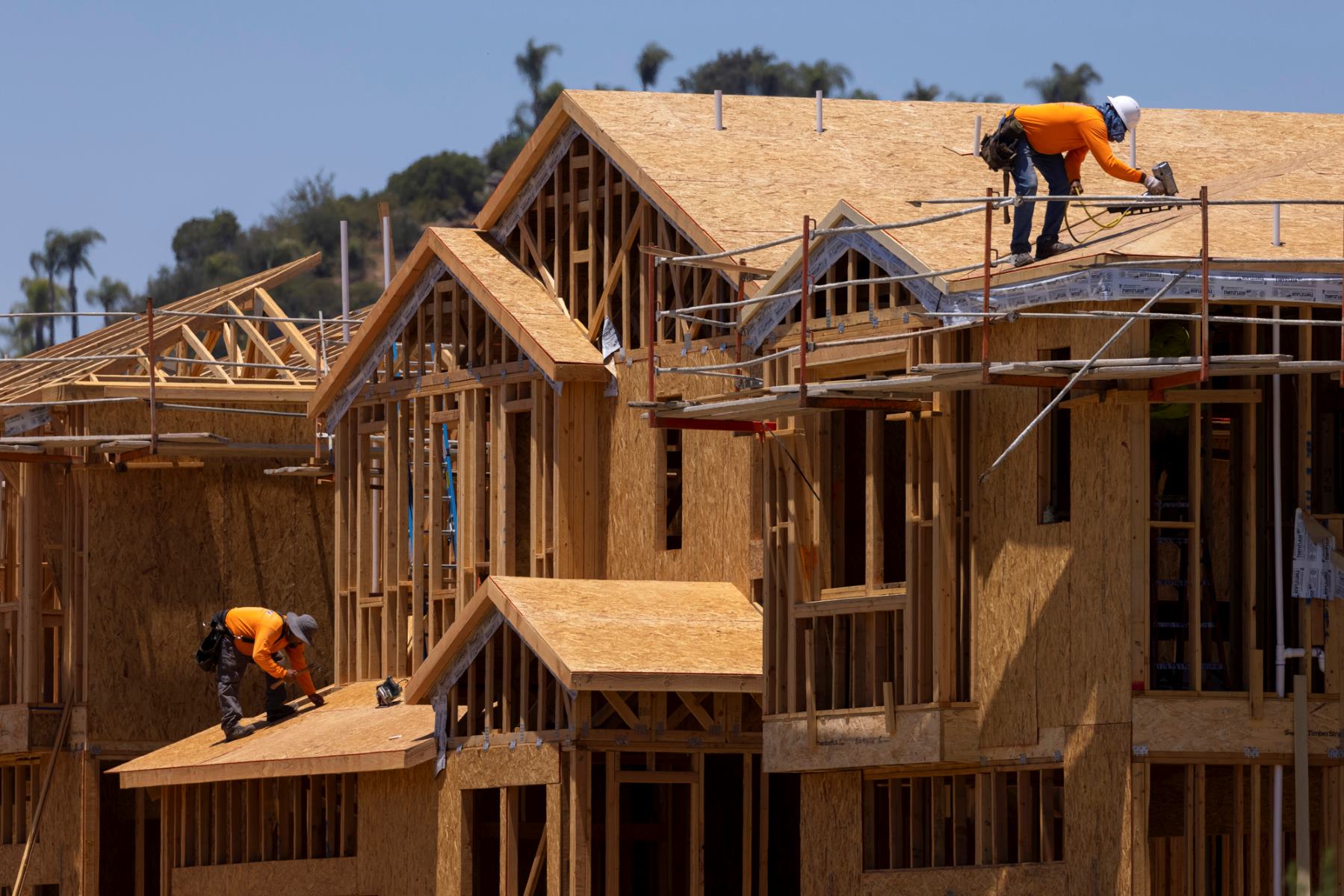
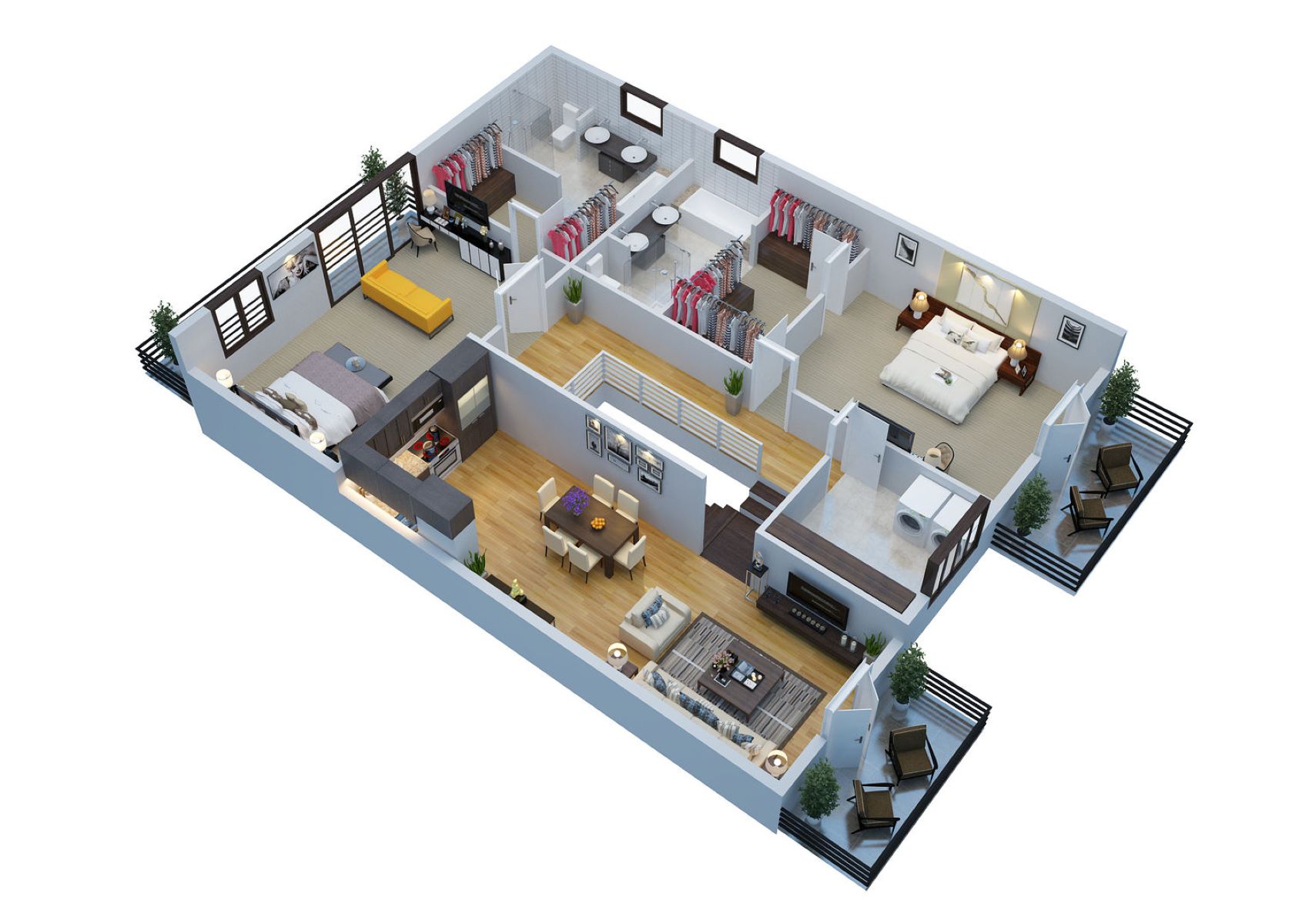

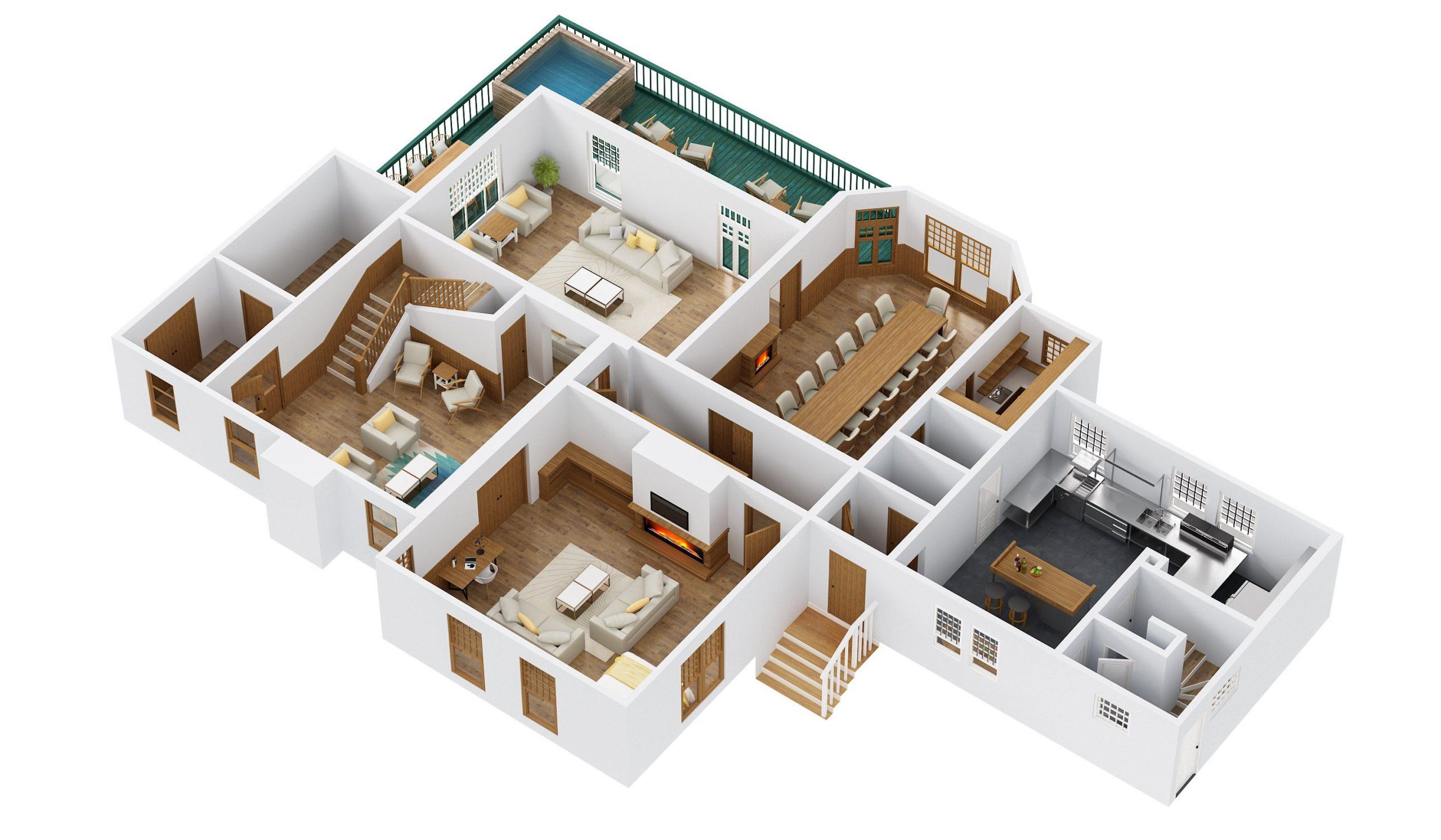
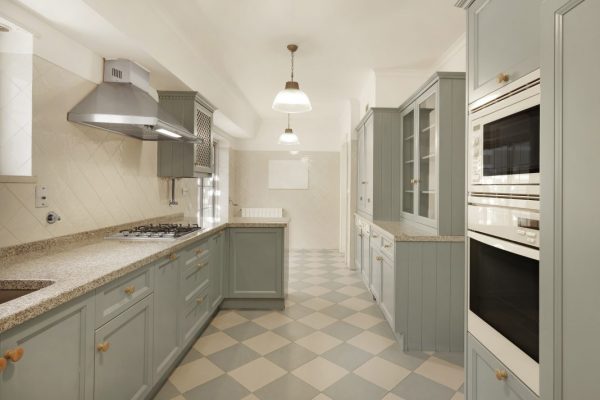
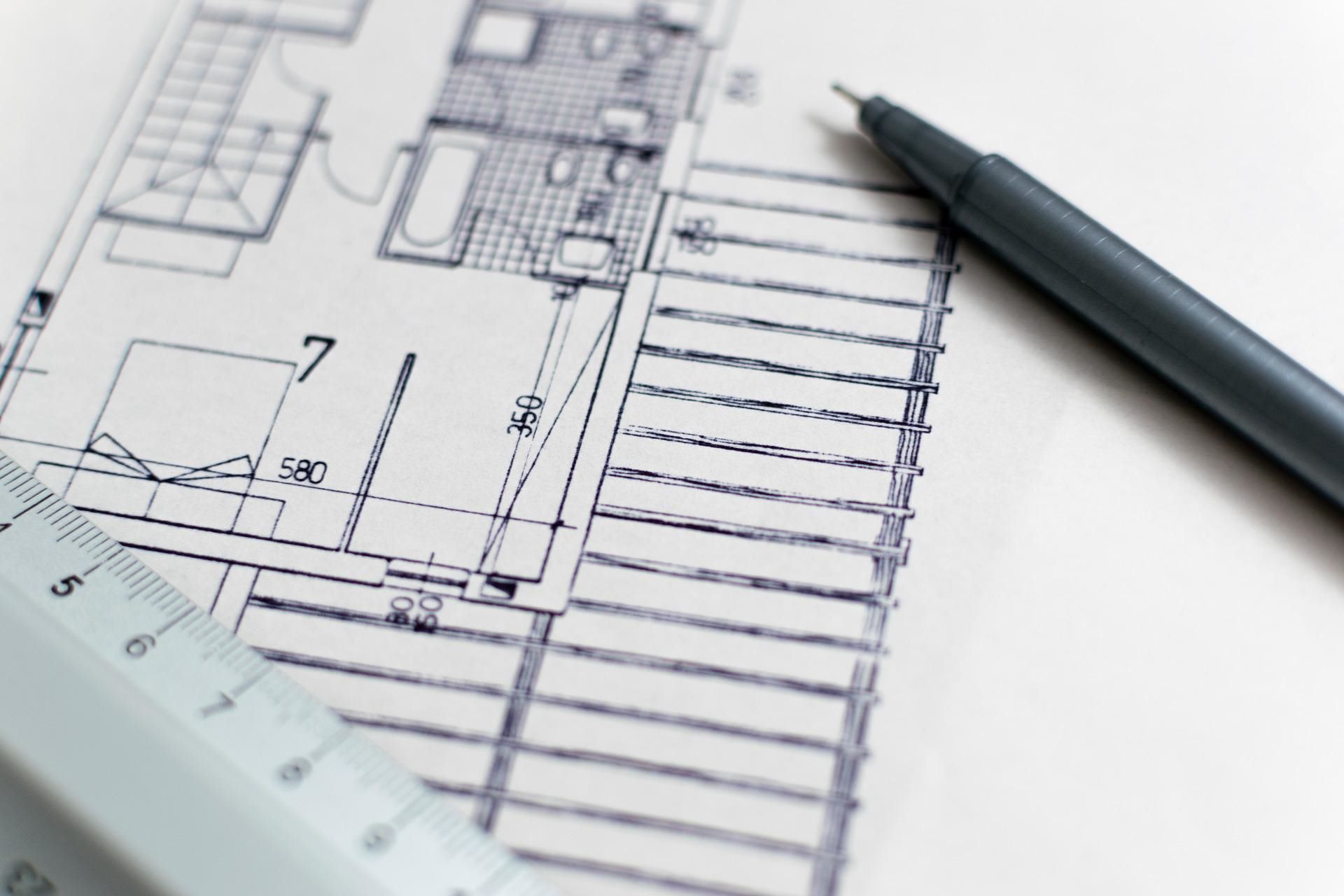
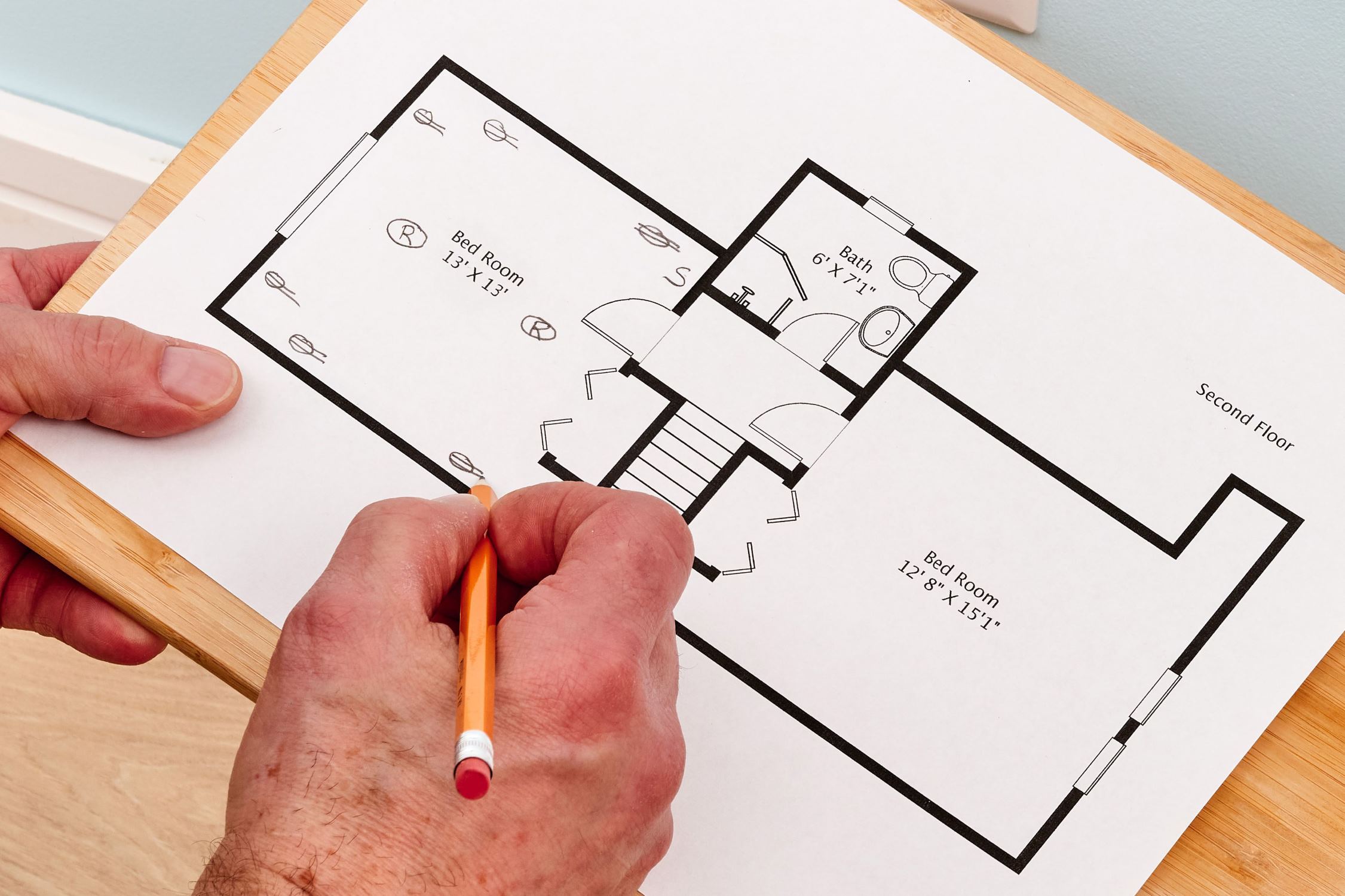
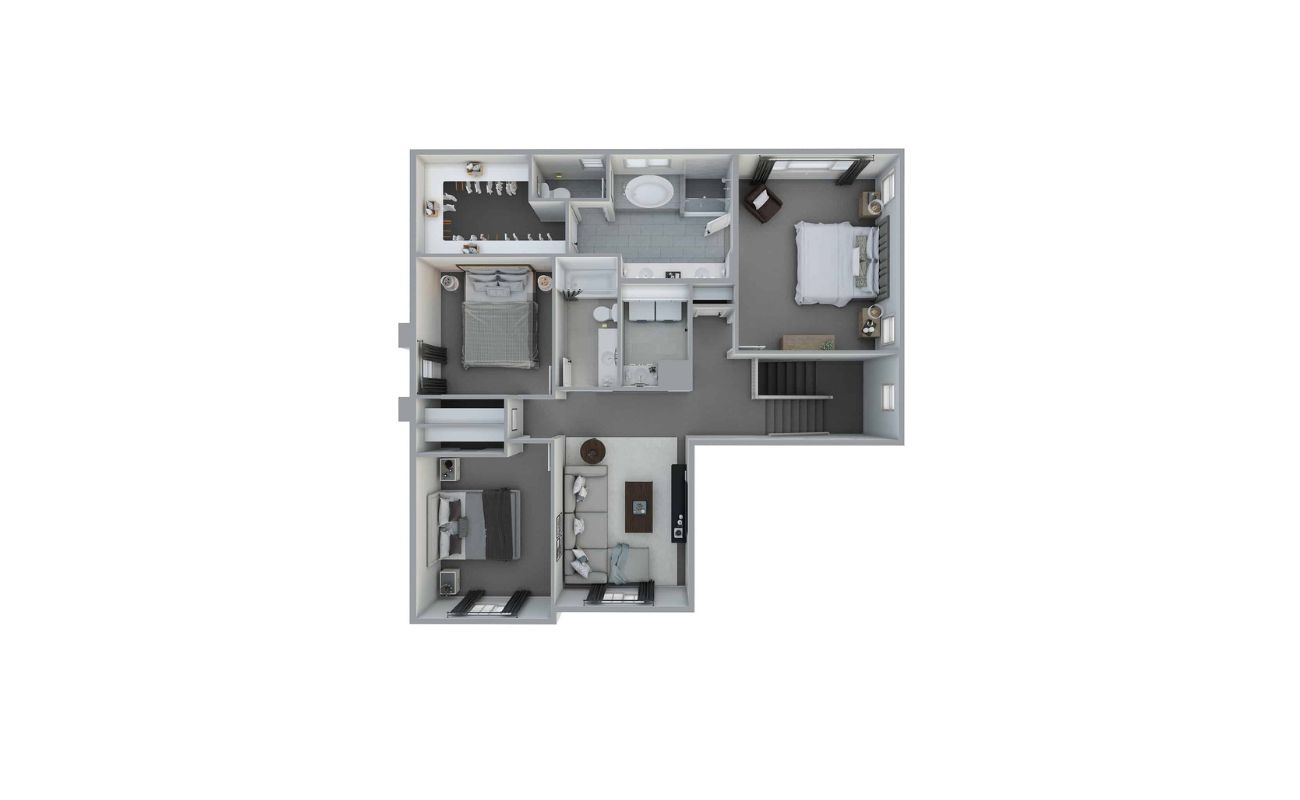


0 thoughts on “How Would You Communicate Your Design Plans With The Construction Crew That Would Work On The House?”